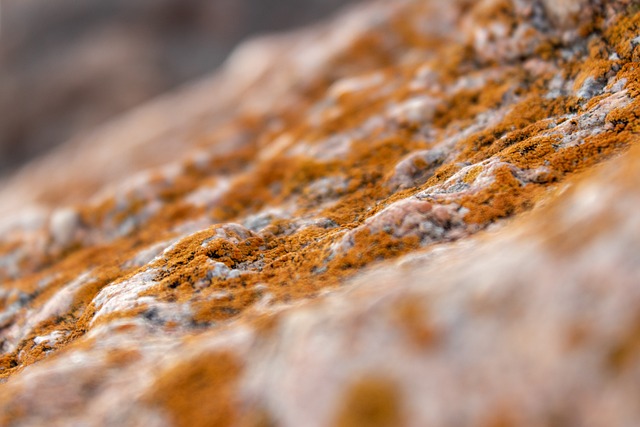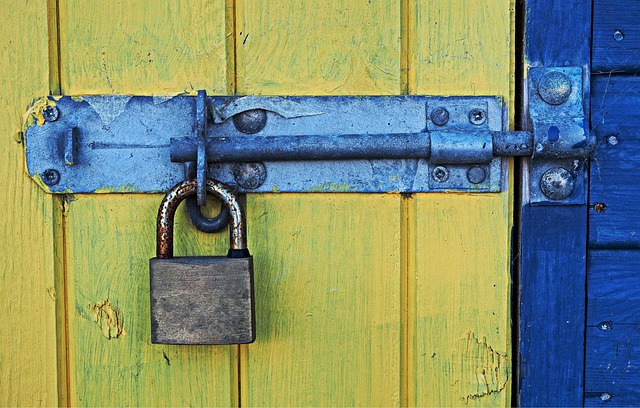Grout sealing is crucial for maintaining tile cleanliness and durability, especially in humid environments like kitchens and bathrooms. By using specialized products to fill grout pores, this process creates a non-porous surface that repels water and dirt, preventing mold, stains, and damage. Regular application (every 12-24 months) ensures optimal protection, while routine cleaning and inspection with repair kits prolong the effectiveness of the seal. Overlooking proper sealing can lead to long-term damage, making grout sealing a game-changer for tile maintenance, particularly in high-moisture areas.
Protecting your tile and grout is essential for maintaining a clean, healthy home. This guide delves into the vital role of grout sealing as a game-changer in preventing mold and stain buildup. Understanding the vulnerabilities of grout and tile is the first step. Learn how the right sealant can create an impenetrable barrier against unsightly marks and growth. We’ll explore application techniques, maintenance tips, and common pitfalls to avoid for long-lasting protection. Discover the key to a vibrant, streak-free space with effective grout sealing strategies.
Understanding Grout and Tile Vulnerability to Mold and Stains

Grout and tiles are integral parts of many indoor and outdoor spaces, adding aesthetic value and functionality. However, they can be susceptible to mold and stain buildup due to their porous nature and constant exposure to moisture and dirt. Mold thrives in dark, damp environments, making bathrooms and kitchens particularly vulnerable areas. Stains, on the other hand, can result from various sources like spilled liquids, food particles, and general foot traffic.
To mitigate these issues, grout sealing is a crucial step in tile protection. Sealing the grout not only enhances the overall appearance of tiled surfaces but also creates a barrier against moisture intrusion, preventing mold growth and staining. Effective grout sealing uses specialized products that fill the pores, creating a non-porous surface that repels dirt and water. This simple yet powerful measure can significantly extend the lifespan of tiles and grouts, keeping your spaces looking clean, fresh, and vibrant for longer.
The Role of Grout Sealing in Prevention

Grout sealing plays a pivotal role in protecting tiles from mold, stains, and water damage. It involves applying a protective coating to the grout lines, which acts as a barrier between the tile surface and potential contaminants. This is particularly important in high-moisture areas like kitchens and bathrooms where water splashes and condensation can easily lead to the growth of mold and mildew, causing not only unsightly discoloration but also health hazards.
By sealing the grout, you create a non-porous surface that prevents liquids from penetrating and absorbing into the grout lines. This simple step significantly reduces the chances of staining and makes cleaning easier, as most spills and stains can be wiped away without leaving behind residue. Moreover, sealed grout offers enhanced durability, protecting against cracking and peeling, which can occur when grout becomes weakened by water absorption and chemical reactions over time.
Choosing the Right Sealant for Your Tiles and Grout

Choosing the right sealant for your tiles and grout is a crucial step in maintaining a clean, healthy home environment. Grout sealing is an effective method to prevent mold and stains from forming between your tiles. Look for sealants specifically designed for grout, as they are formulated to resist moisture absorption and block out contaminants. These products create a protective barrier that repels dirt, grease, and water-based stains, making cleaning easier and prolonging the lifespan of your grout.
When selecting a grout sealant, consider factors such as the type of grout you have (ceramic, porcelain, or natural stone), the level of traffic in the area, and the desired finish (matte, semi-gloss, or gloss). Always follow the manufacturer’s instructions for proper application to ensure optimal results. Regular sealing every 12-24 months is recommended, depending on the conditions in your home.
Application Techniques for Optimal Protection

The application of protective coatings is a crucial step in maintaining tile and grout aesthetics and longevity. One of the most effective techniques is grout sealing, designed to create an impenetrable barrier against moisture, dirt, and stains. This process involves using specialized sealers that bond with the grout’s surface, filling microscopic pores and preventing mold, mildew, and discolouration from taking hold. By sealing grout, you not only enhance the visual appeal of your tiled spaces but also safeguard them from potential water damage and unsightly marks.
Optimal protection requires a systematic approach. After cleaning and preparing the tile and grout surfaces, apply the sealer evenly using a brush or sprayer, ensuring complete coverage. Follow the manufacturer’s instructions for drying times, as this varies depending on the product. Regular maintenance involves reapplying the sealer every few years to maintain its protective properties, especially in high-traffic areas or places with frequent exposure to water.
Maintenance Tips for Longevity of Sealed Surfaces

Regular maintenance is key to keeping your tiled surfaces looking their best and ensuring the grout sealing remains effective in preventing mold and stains. A simple, routine cleaning schedule can make a big difference. Use a mild detergent or vinegar solution to wipe down tiles and grout regularly, eliminating any dirt or grime that could lead to discoloration or damage over time. Avoid harsh chemicals, as they may erode the sealer and harm the tile itself.
In addition to regular cleaning, it’s important to inspect your grout sealing periodically for any signs of wear or chipping. Repair any damaged areas promptly using a high-quality grout repair kit. This proactive approach will not only maintain the aesthetic appeal of your tiles but also extend the life of your grout sealing, providing ongoing protection against mold and stains.
Common Mistakes to Avoid for Effective Tile and Grout Protection

Many homeowners often overlook the importance of proper tile and grout protection, leading to common mistakes that can cause long-term damage and unsightly appearances. One of the most critical errors is neglecting grout sealing. This process is a game-changer in preventing mold and stain buildup, especially in humid areas or kitchens with frequent water exposure. Grout sealing creates a protective barrier, filling microscopic pores and crevices where dirt, moisture, and bacteria can accumulate.
Another mistake to avoid is using the wrong cleaning products. Using harsh chemicals can erode grout over time, making it more susceptible to stains and mold growth. Instead, opt for sealers designed to repel water and dirt, ensuring easy maintenance and prolonging the life of your tile and grout. Regular cleaning with mild detergents will keep your surfaces looking fresh, and sealing should be repeated periodically to maintain optimal protection, especially in high-traffic areas.
